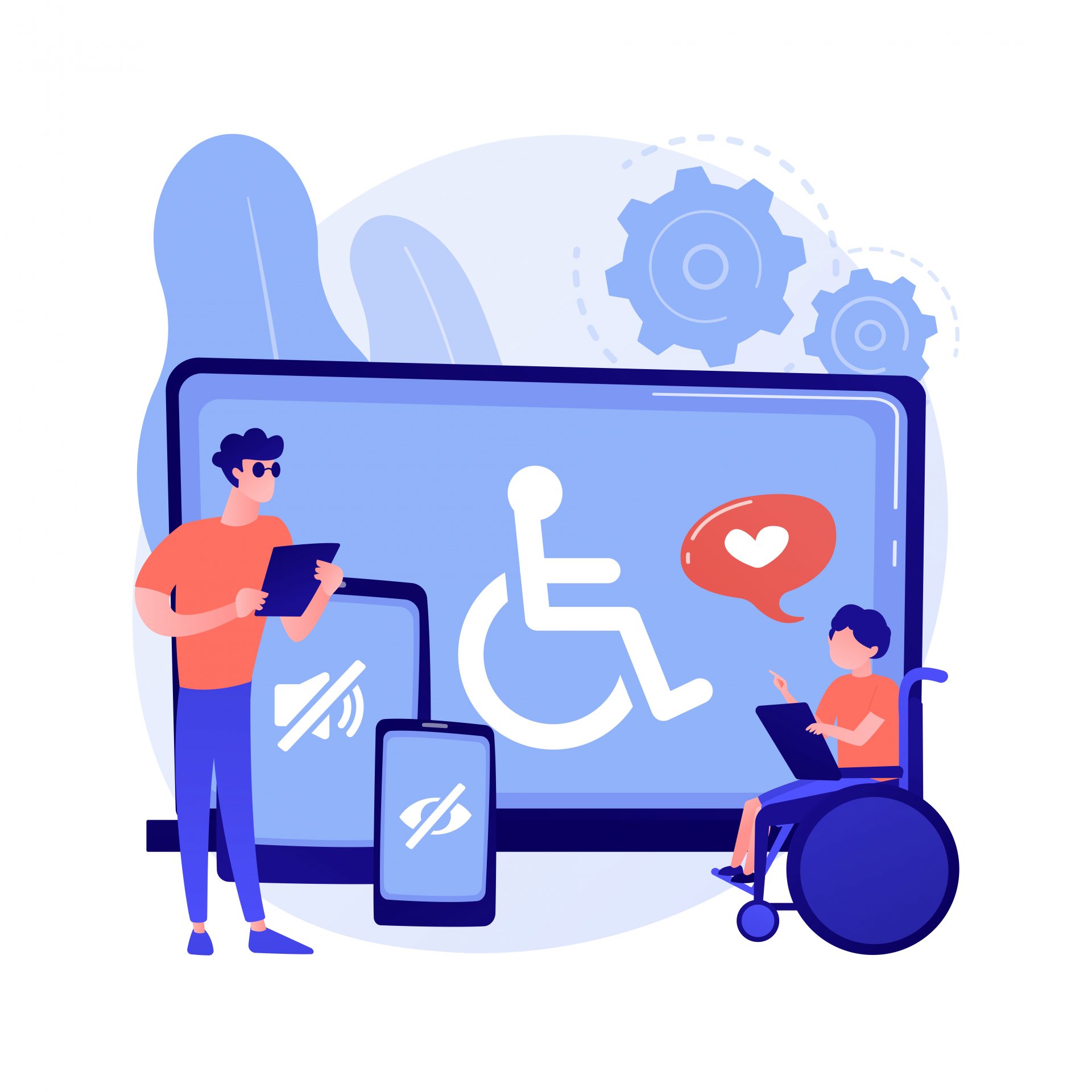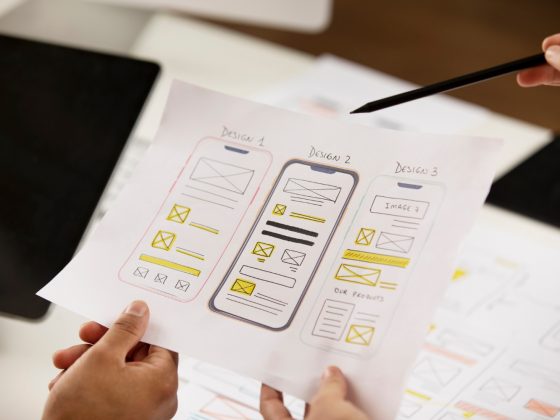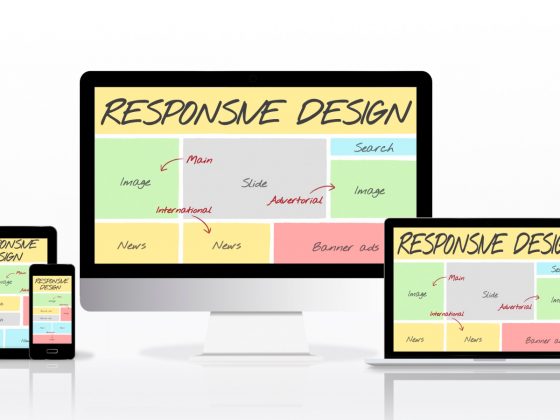In today’s digital age, the internet has become an essential part of our daily lives. With the rise of online shopping, banking, and social media, the internet has become an integral part of our daily routine. However, not everyone has the same access to the internet. For people with disabilities, navigating the web can be a challenging task. This is where web accessibility comes into play.
Web accessibility refers to the practice of designing and developing websites to be accessible to people with disabilities. This includes making websites easy to navigate, easy to understand, and easy to interact with. By making websites accessible, people with disabilities can have equal access to information and services available online.
There are several categories of disabilities that web accessibility addresses, including:
- Visual disabilities – People with visual disabilities may have difficulty seeing text, images, or videos on websites. This can include individuals with color blindness, low vision, or complete blindness.
- Hearing disabilities – People with hearing disabilities may have difficulty hearing audio or video content on websites. This can include individuals who are deaf or hard of hearing.
- Motor disabilities – People with motor disabilities may have difficulty using a mouse or keyboard to navigate websites. This can include individuals with Parkinson’s disease, cerebral palsy, or multiple sclerosis.
- Cognitive disabilities – People with cognitive disabilities may have difficulty understanding or remembering information on websites. This can include individuals with dyslexia, ADHD, or autism.
To make websites accessible for all users, there are several best practices to follow. Here are some tips to make your site more inclusive:
- Provide alt text for images – Alt text is a description of an image that is read by screen readers for people who are blind or have low vision. Providing alt text for images will ensure that everyone can understand the content of your site.
- Use headings and subheadings – Headings and subheadings can help users with cognitive disabilities understand the structure of your content. It also helps screen reader users navigate your site more easily.
- Make sure your site is keyboard accessible – Users with motor disabilities may rely on a keyboard to navigate your site. Make sure your site is fully functional using only the keyboard.
- Use clear and simple language – Using clear and simple language can help users with cognitive disabilities understand your content more easily.
- Caption videos – Captioning videos will help users with hearing disabilities understand the content of your videos.
By following these best practices, you can make your website more accessible for all users. In addition to providing equal access to information and services, making your website accessible can also improve your search engine rankings and increase your audience.
In conclusion, web accessibility is a crucial aspect of web design and development. By making your website accessible to everyone, you can ensure that everyone has equal access to information and services available online. So, let’s work together to create a more inclusive and accessible web for all users.







